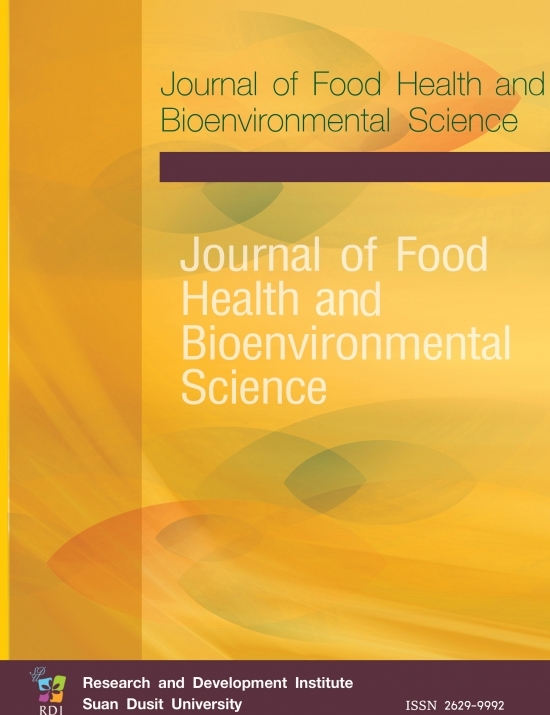Occurrences of Calliphoridae (Diptera) on Pig Carcasses in the Dry Season in Thailand
Keywords:
Calliphoridae, Pig Carcasses, Sheltered Cage, Unsheltered CageAbstract
Calliphorids are the first arthropods to colonize corpses; their composition and
abundance vary according to location. They are used to estimate post-mortem intervals
and surmise the relocation of corpses. This study was focused on Calliphoridae associated
with pig carcasses in sheltered and unsheltered cages. Four domestic pig (Sus scrofa
Linnaeus, 1758) carcasses were used to determine the Calliphoridae activity on carrion
over a period of 30 days in the dry season (April 5 to May 4, 2016). Five decomposition
stages were observed and a total of 23,440 Calliphoridae, belonging to 3 species
[Chrysomya megacephala (Fabricius), C. rufifacies (Macquart) and C. nigripes (Aubertin)]
were collected in this study. Decomposition was slightly faster on the carcass in
unsheltered areas, as was the the number of Calliphoridae specimens, relative to
sheltered carcasses. The relationship between environmental factors such as temperature
in cages, relative humidity and the internal temperature of the carcasses (sheltered and
unsheltered carcasses) were significantly correlated to the decompositions process and
insect species (P<0.01). Chrysomya megacephala showed preference for a sunny area,
whereas C. rufifacies preferred a shaded area. This study provides baseline information on
the necrophilous fauna for estimating postmortem interval in cases of human death in
Thailand.








